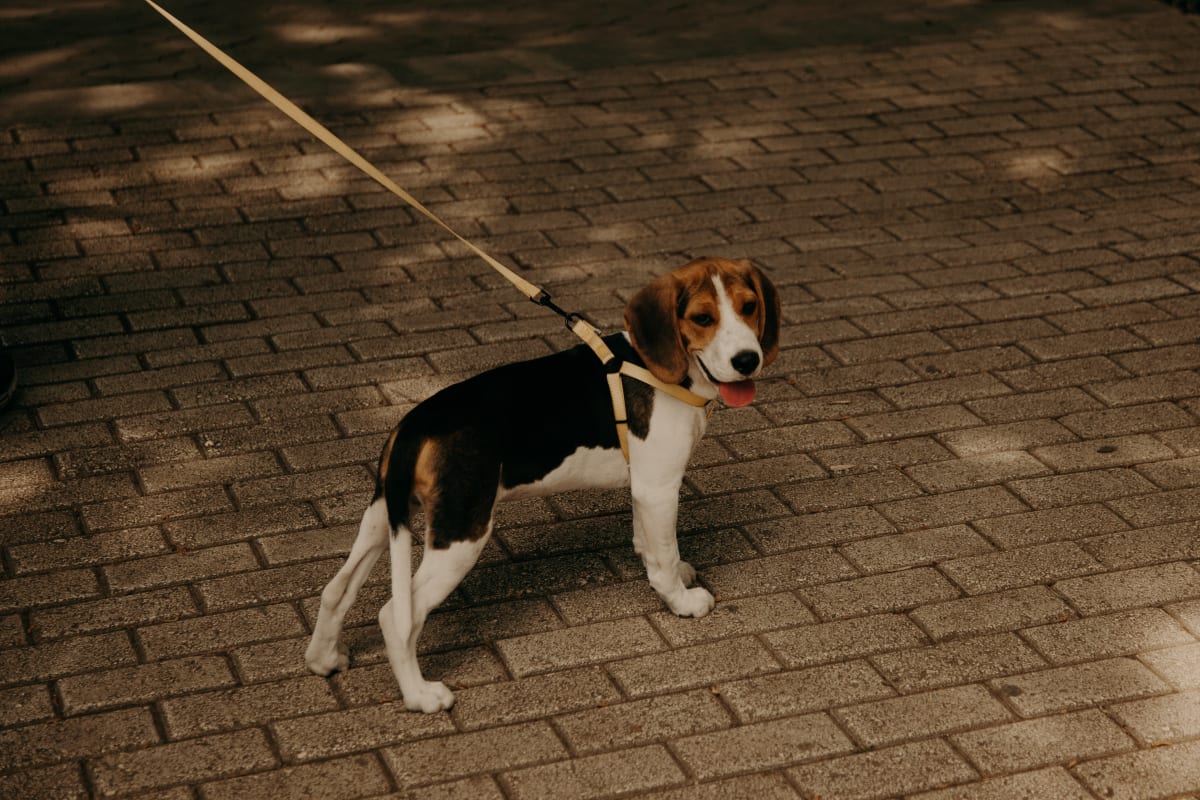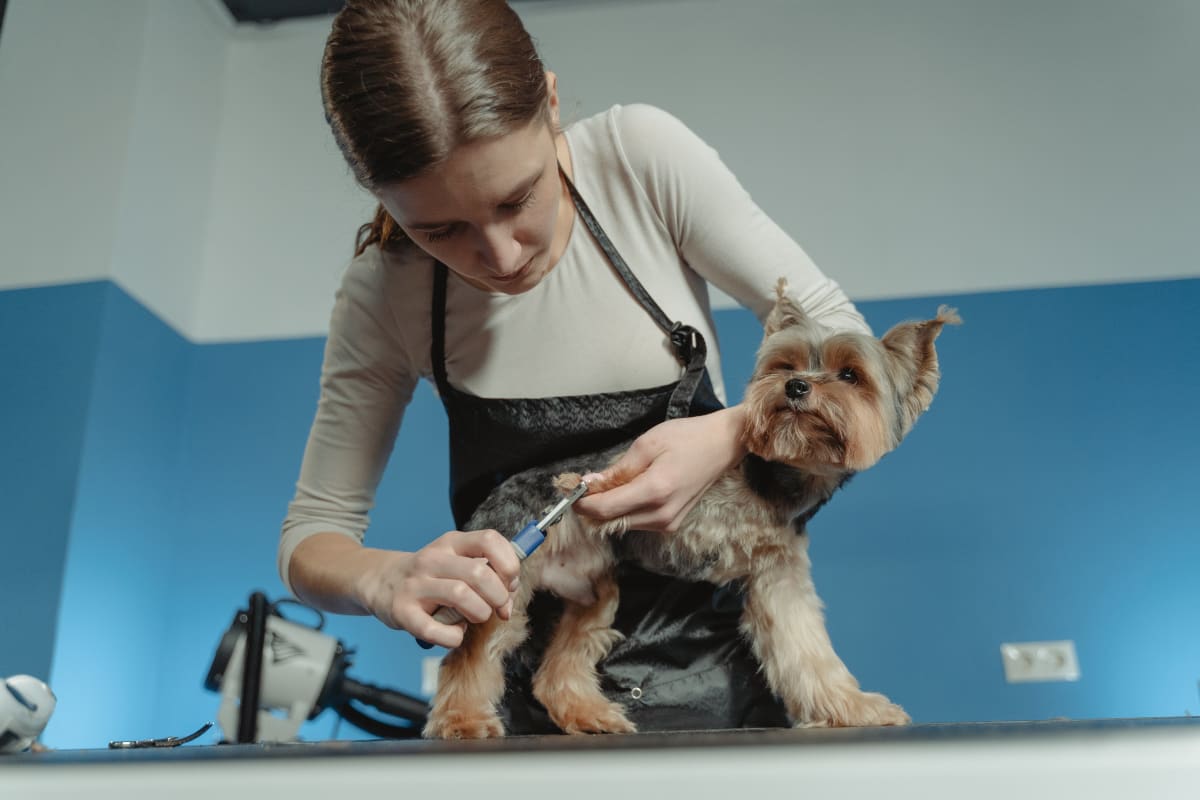You’ve been researching dog breeds since you were seven. You’ve known you’re compatible with Shih-Poos and Corgis since you embraced apartment living. We get it! You know your lifestyle, and the breed to match it, better than anyone else.
What many people do not research, however, is the potential variation in cost estimates when it comes to planning a new furry addition! If you’re the type who has your heart set on a specific partner (think: Afghan Hound or Chow Chow), you might be interested to learn about which breeds tend to carry higher price tags than others in more ways than one.
We’ll also bring you up-to-speed about how other common factors, like health considerations and ensuring yours is a properly bred puppy, can also drive up the cost of your new best friend.
Does your “Pick” Make the High / Low Cost Lists?

Beginning with the most expensive breeds, let's whittle our way down to which types of pups you should expect to pay more or less for depending upon the moniker. You might be surprised that breed makes such a difference, but you shouldn’t be! Considering the level of work, care, and special consideration for potential health issues that go into rearing man’s best friend.
Most Expensive – Low Chen and Mastiff
One of the most recognizable breeds from the annual Westminster dog show -and also known for its otherwise unmanageable mane- this “little lion dog” is synonymous with high cost due in part to its historical popularity, but also because it matters where a puppy comes from in terms of breeder experience. After all, you’re not only paying for a puppy when you factor in price. You are also investing in the knowledge, expertise, and experience of your breeder.
Known fondly as one of the “best breeds for kids”, the Mastiff may not be the most popular among neighbors, but is sure to be the glue of the family unit at home. Why the high cost in this case? Take a moment to consider the importance that a dog this size, also comes equipped with a noble, timid, and friendly personality. Add on top of that the protection against congenital health conditions. Worth the investment and peace of mind? We thought so!
Less Expensive – Border Collie and Beagle
 Thanks to their perfect pairing with single apartment dwellers and families with large backyards alike, Border Collies top the list of less expensive puppies on the market. Thanks to their relatively low-maintenance grooming schedule and minimal health issues (although, keep an eye out for eye and hip problems), these furry friends won’t necessarily set your bank account back at the time of purchase.
Thanks to their perfect pairing with single apartment dwellers and families with large backyards alike, Border Collies top the list of less expensive puppies on the market. Thanks to their relatively low-maintenance grooming schedule and minimal health issues (although, keep an eye out for eye and hip problems), these furry friends won’t necessarily set your bank account back at the time of purchase.
Similarly, Beagles are also easy to care for when it comes to grooming. Even better, you can expect the typical pup to live 11 to 15 years. A word to the wise: be wary of prices that seem too good or low to be true (because they probably are!). Beagles in particular come with a history of problems such as hip dysplasia, allergies, and chronic ear infections. This means you should plan to spend somewhere in the middle of the highest and lowest prices you see.
Other Factors to Consider – Grooming, Lifetime Healthcare Costs, Pet Insurance
While it’s certainly helpful to know a ballpark estimate in terms of what to expect to pay for a pup by breed, you should also consider several other variables. These include both short and long-term expenses, such as grooming, veterinary care, and medication.
Grooming
As mentioned above, you should consider whether the regular maintenance needs of your pet are in sync with your personal schedule and style. A Beagle, for example, will not require the same level of regular brushing, trimming, and upkeep as a Shih Tzu or Standard Poodle. If you are not comfortable with the idea of clipping your puppy's nails (regardless of hair care!), you should also factor this in as a regular monthly cost when calculating your budget.
Lifetime Healthcare Costs
 Speaking of budgets, have you created one that reflects a timeline beginning from the adoption process, first-time and ongoing veterinary care, spaying or neutering, annual wellness visits, emergency care, dental, and medication? If that sounds like a lot of items to you, you’d be correct! The most important preparatory activity one can do prior to making a final purchase decision is to write out the pros and cons of each breed and age you’re considering. Which will, on top of being the most or least expensive short-term, also require additional long-term investments?
Speaking of budgets, have you created one that reflects a timeline beginning from the adoption process, first-time and ongoing veterinary care, spaying or neutering, annual wellness visits, emergency care, dental, and medication? If that sounds like a lot of items to you, you’d be correct! The most important preparatory activity one can do prior to making a final purchase decision is to write out the pros and cons of each breed and age you’re considering. Which will, on top of being the most or least expensive short-term, also require additional long-term investments?
Pet Insurance
Last but not least, you’re likely to consider investing in pet insurance, as this is a popular way to save on the longer-term costs associated with your fuzzy companion. Not unlike insurance for a human person or child, pet insurance is a smart way to plan ahead for unforeseen emergencies, surgeries, or other critical care treatments.
Which other costs have you experienced when purchasing and/or bringing home a new puppy?

